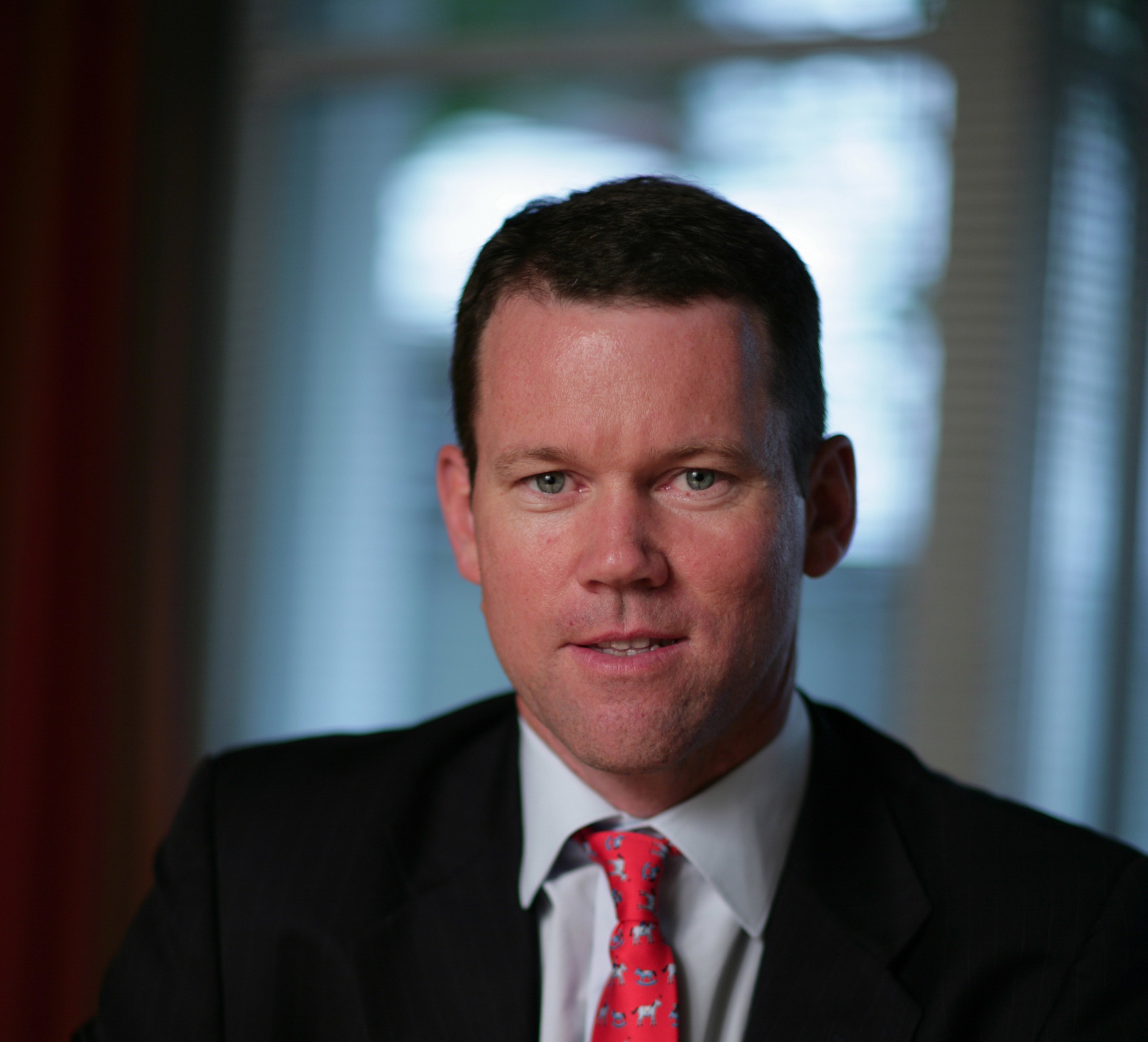The very essence of the word ‘Frontier’ conjures the idea of being on the edge; the wild Frontier, the final Frontier, the new Frontier, the very limit of civilization and so on. Indeed, to be there, from an investment perspective, requires investors, in the words of Star Trek’s Captain Kirk, to ‘boldly go’ with Captain Kirk creating the first truly global example of the cursed split-infinitive!
Of course it is hardly surprising that Frontier market assets have captured the attention of many investors over the past few years lured by the prospect of higher potential returns
than more traditional emerging markets and certainly in relation to developed market yields while maintaining a low correlation to mature markets and other risk assets.
For a number of years Frontier markets were regarded as a rather one dimensional story, with growth driven by an abundance of commodity resources. Certainly, sustained demand for commodities from both developed and developing markets such as China and India has been supportive for many resource- rich Frontier economies.
However, improving macroeconomic policies, greater political stability, better informed decisions and the creation of (politically) independent and well-managed institutions have also helped to drive strong growth in many non- resource rich countries. Tanzania for example carried out comprehensive structural reforms in the 1990’s, improving the domestic economic environment and encouraging significant donor flows and foreign direct investment and there are many other similar examples.
In many cases growth has been achieved without causing overheating. We believe inflation has generally been relatively well contained, exchange rates have generally stabilized while public sector and external debt levels have also fallen.
Today growth is also supported by young, growing populations which have caused many Frontier market workforces to grow more rapidly than the population dependent on it, freeing up resources for investment in economic development. This is known as the ‘demographic dividend’, which can help to improve per capita income, domestic consumer spending and lead to more sustainable economic growth. This combined with improvements in basis infrastructures such as roads, railways, energy plants and airports is helping to drive the smooth functioning of the production function, the efficient allocation of labor and transportation of goods, and, more generally, communication and has boosted business activity.
In terms of investment opportunities, Frontier markets are arguably most associated with equity markets, having benefited from the introduction of several Frontier equity indices in 2007. The frontier market bond universe has a relatively small dedicated investor base however the introduction of the JP Morgan NEXGEM hard currency bond index in December 2011 has brought frontier market bonds more toward the mainstream and stimulated additional demand. Over time, we believe the Frontier market bond universe will gain in appeal as liquidity improves and risk premiums decline, much as we have witnessed in mainstream emerging markets over the past several decades.
We believe it is essential that investors approach Frontier markets pragmatically. For every three or four good examples of improved political and economic development there will be a frontier economy that has shown scant signs of change – and at the margin deteriorated. But we would argue these are becoming the minority. However, because they exist it is essential that investment is made after careful assessment of the risks.
The case for Frontier markets therefore extends beyond simply providing the potential for higher return to more mainstream emerging markets and exhibiting a low correlation to other risk assets.
Digging deeper, Frontier economies are supported by improving macroeconomic policies and institutions, a burgeoning working population and investment in key infrastructure. Frontier economies will no doubt need some time to catch up with more economically developed countries but we believe patient investors stand to benefit over the medium to long-term.
Opinion column by Kevin Daly, Senior Portfolio Manager, Emerging Markets Debt, Aberdeen Asset Management




